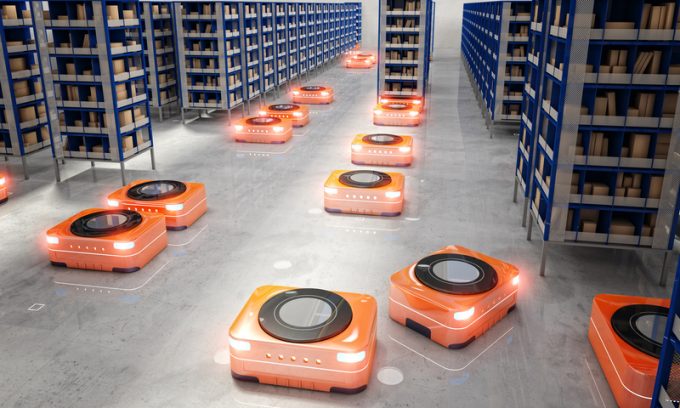Warehouse safety improved by automation
Automation across the supply chain is rapidly spreading and debate has ensued about its positive ...

Warehousing capacity in North America is increasingly tight, raising the spectre of firms having to turn away business.
Several recent reports have sounded the alarm over an issue that has become a huge headache for shippers and logistics providers alike.
With demand showing no sign of easing ...

Comment on this article